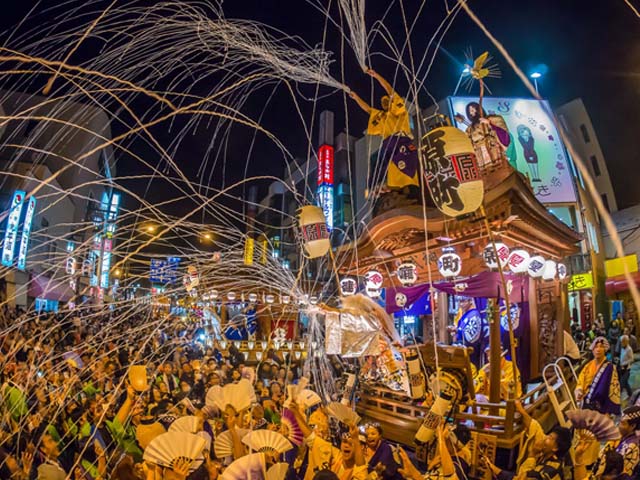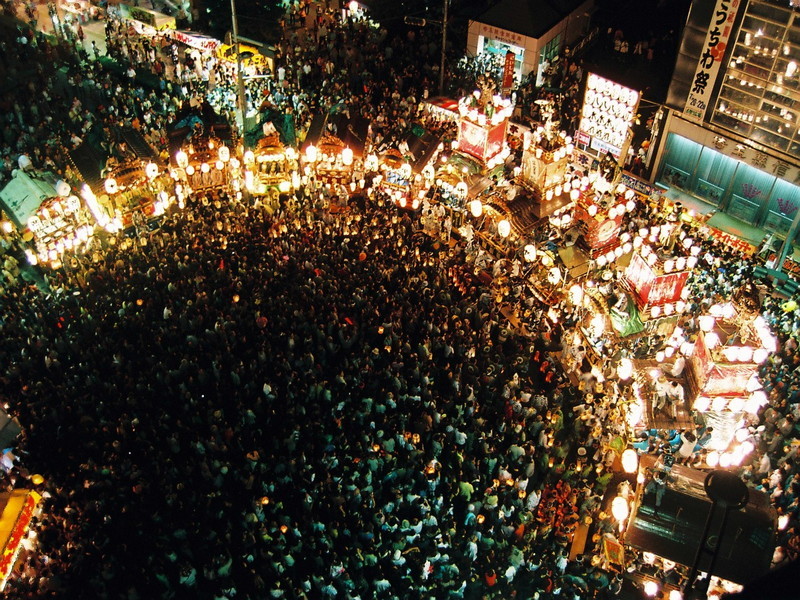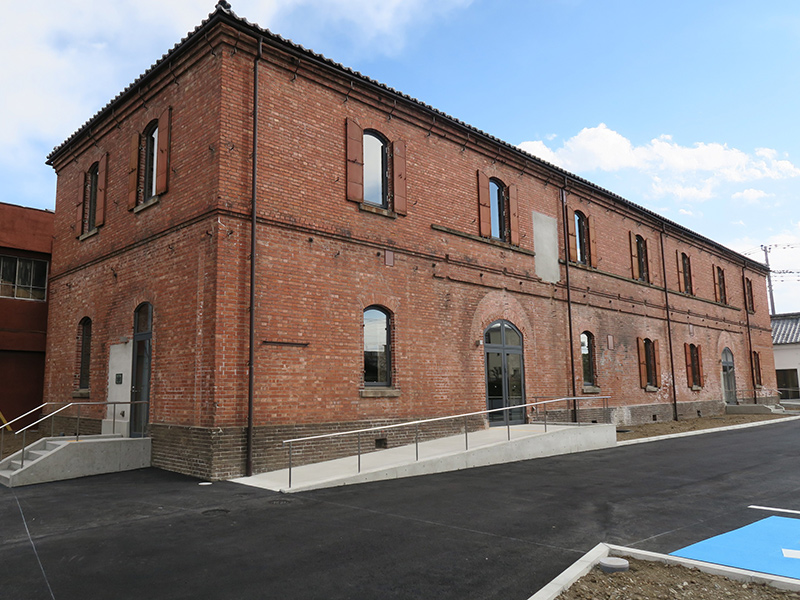Honjō Festival
event
Event Dates
Early November

The grand festival of Kanasana Shrine, also known as Honjō’s “Village Shrine Festival.” Festival floats are decorated with sculptures designed with gold leaves, urushi lacquer colors with elaborate metal carvings, and a drop curtain with splendid patterns. The unique atmosphere of the festival comes together with the tones of the graceful festival music played together by musicians and local children.
Currently, there are 10 floats built between 1872 and 1924, with 8 of them designated cultural property by the prefecture. These splendid floats proceed through Nakasendō carrying dolls depicting Momotarō, Empress Jingū, Takeru Yamato and Kiyomasa Katō, portraying the picture scrolls of the past. The carvings and embroideries on each float have been beautifully executed, making them exquisite items and famous for being the greatest floats in north Kanto.
Basic Information
TEL 0495-25-1174
Car: 6 minutes via car from Kan-etsu Expressway’s Honjō Kodama Interchange





.jpg)




